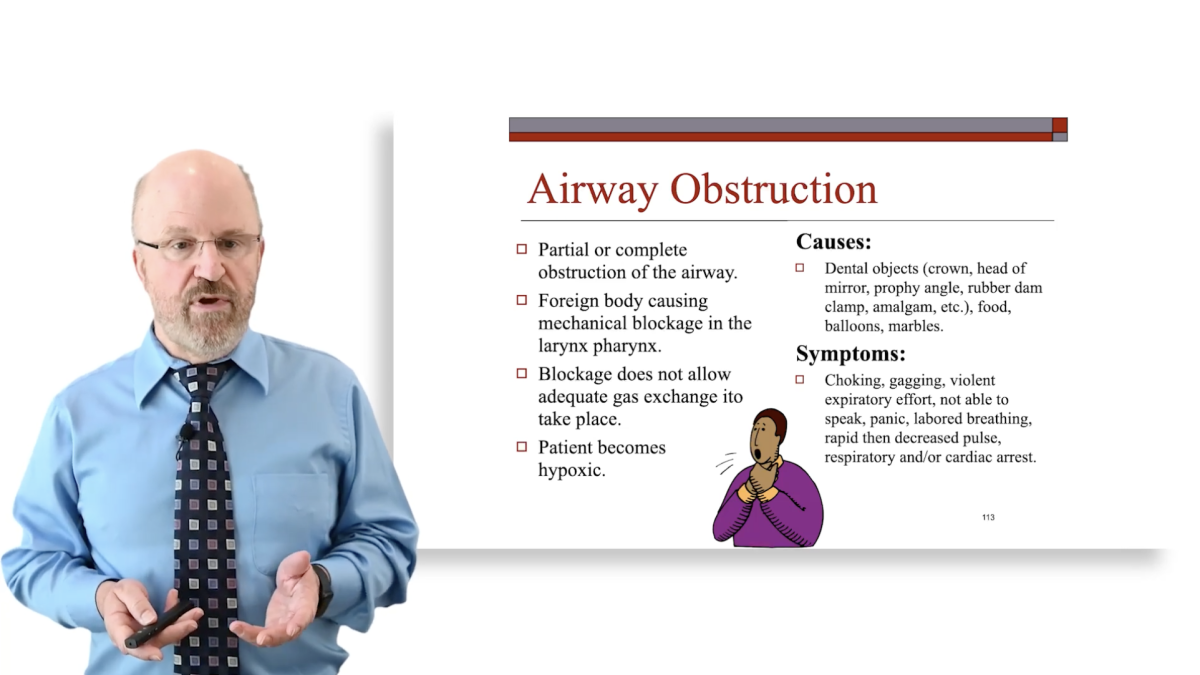Enhancing Patient Safety: A Modern Approach to Dental Emergency Preparedness

The Unseen Risks: Why Dental Practices Must Prioritize Emergency Preparedness
Medical emergencies in dental practices often strike unexpectedly, requiring a proactive and informed approach to patient care. From sudden cardiac events to airway obstructions, the stakes are high, and preparation is paramount. This blog will explore contemporary strategies and tools for improving emergency readiness, offering a fresh perspective on how dental professionals can prioritize patient safety in an evolving healthcare landscape.
The Reality of Medical Emergencies in Dentistry
Contrary to the belief that medical emergencies are rare in dental offices, data suggests otherwise. A survey of over 4,000 dentists revealed an average of 7.5 emergencies per practitioner over a decade. While this incidence might appear low, the potentially life-threatening nature of these events underscores the importance of readiness. From syncope and hyperventilation to severe allergic reactions, emergencies in dental settings demand a well-coordinated response.
Factors Contributing to Emergency Risks
Several factors amplify the likelihood of medical emergencies in dental offices, including:
- Aging Patient Demographics: As patients live longer and manage more chronic conditions, their risk during dental treatment increases.
- Complex Medical Histories: Many patients take multiple medications, increasing the potential for drug interactions and adverse reactions.
- Lengthy Procedures: Extended dental appointments, sometimes lasting several hours, can exacerbate stress and discomfort, leading to emergencies such as syncope or hyperventilation.
Recognizing these contributing factors is the first step toward mitigating risks and enhancing patient safety.
Building a Culture of Emergency Preparedness
Emergency readiness in dental practices extends beyond having the right tools—it’s about fostering a culture of vigilance and preparedness. Here’s how:
1. Routine Patient Assessments
A comprehensive medical history and vital signs assessment at every visit are critical. Encourage patients to disclose all medications, including herbal supplements, and update their records regularly.
2. Team Training and Coordination
All team members should be proficient in basic life support (BLS) and the use of automated external defibrillators (AEDs). Regular drills help reinforce roles and ensure a cohesive response to emergencies.
3. Streamlined Emergency Kits
Maintain an organized, up-to-date emergency kit containing essential medications such as:
- Epinephrine (for anaphylaxis)
- Albuterol (for asthma attacks)
- Nitroglycerin (for chest pain)
- Aspirin (for cardiac events)
- Diphenhydramine (for allergic reactions)
4. Accessible Equipment
Ensure oxygen tanks, ambu bags, and appropriate airway devices are readily available and functional. Establish clear protocols for their use during emergencies.
Case Studies: Learning from Real-Life Scenarios
Scenario 1: An Unresponsive Patient
A patient undergoing routine dental work suddenly becomes unresponsive. Immediate action is taken to place the patient in a supine position, administer oxygen, and call 911. The team’s prior training ensures they can manage the situation until EMS arrives, underscoring the value of routine emergency drills.
Scenario 2: Allergic Reaction to Local Anesthetic
During a dental procedure, a patient exhibits signs of an allergic reaction, including swelling and difficulty breathing. The team quickly administers epinephrine and provides oxygen, stabilizing the patient before transferring them to advanced care. This scenario highlights the importance of having a well-stocked emergency kit and understanding how to use it effectively.
The Role of Advanced Training in Emergency Management
Comprehensive training in emergency management is vital for dental professionals who aim to provide exceptional patient care. Advanced courses offer:
- Scenario-Based Learning: Hands-on practice in managing diverse emergencies.
- Updates on Best Practices: Insights into the latest guidelines and technologies.
- Confidence Building: Empowering dental teams to act swiftly and effectively under pressure.
Final Thoughts on Elevating Emergency Preparedness in Dentistry
Preparedness is not an option but a necessity in modern dental practices. By prioritizing patient assessments, fostering team coordination, and investing in advanced training, dental professionals can ensure a safer environment for their patients.
This blog highlights one of the many essential modules taught in our dental sedation and emergency management courses. Dr. Simon Prior, a dual board-certified dentist anesthesiologist, has shared his expertise in medical emergency preparedness, emphasizing practical solutions and real-world applications. He is one of many highly qualified instructors in our comprehensive program. Together, they deliver an expert level curriculum to help dental professionals excel in patient care.
Learn more about our courses and how they can elevate your practice today.
 Sedation and Anesthesia Education
Sedation and Anesthesia Education 